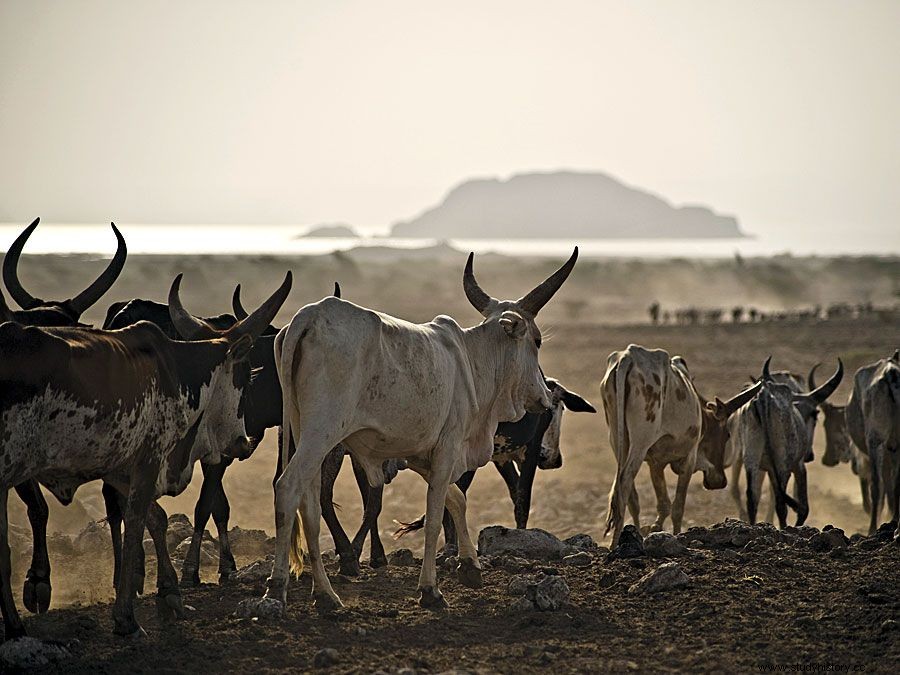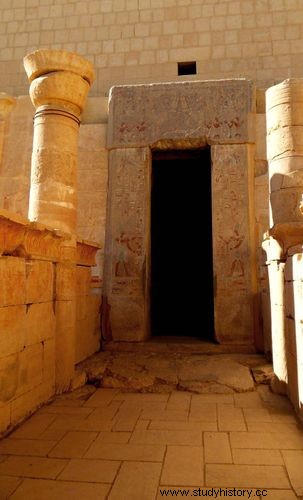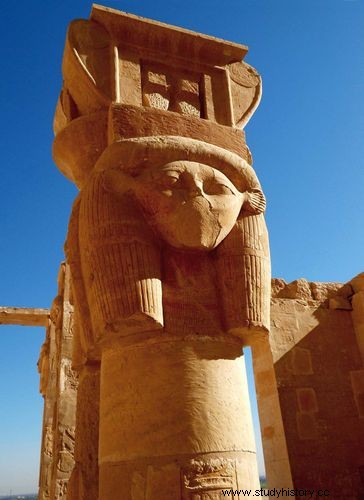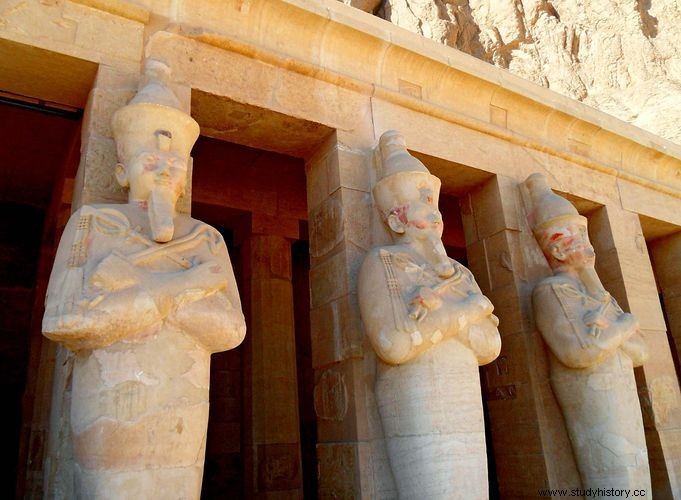Dayr al-Baḥrī , also Deir el-Bahri , Egyptian archaeological site in the necropolis of Thebes . It consists of a bay in the cliffs on the western shore of the Nils east of the Valley of the Kings . Its name (Arabic for "Northern Monastery") refers to a Monastery erected there in the 7th century ce .

 Britannica Quiz Destination Africa:Fact or Fiction? Is Africa's northernmost point further north than Europe's southernmost point? See if your geographical knowledge points north or south on this journey through Africa.
Britannica Quiz Destination Africa:Fact or Fiction? Is Africa's northernmost point further north than Europe's southernmost point? See if your geographical knowledge points north or south on this journey through Africa. Of the three ancient Egyptian Structures on the site that burial temple of the king Mentuhotep II (built um 1970 v. Chr. ) Has lost a large part of its structure. The second, the terraced temple of the queen Hatshepsut (built um 1470 v. Chr. ) Was uncovered under the monastery ruins (1894–96) and subsequently partially restored. A more extensive restoration of the third terrace, the Sanctuary and the Retaining wall was started in 1968 by a Polish archaeological mission, which also found a third temple built by Thutmosis III. At 1435 v. Chr . Above and between the two earlier temples. All three temples were connected by long causeways with docking valley temples. Hatshepsut's temple in particular is located under one of the cliffs and is a famous example of the creative architectural use of a place. All three temples were largely destroyed by progressive rock falls from the cliffs above.
During the third intermediate (1075–656 v. Chr. ) Was used the area of Dayr al-Baḥrī as a private cemetery, and in the Ptolemaic period the sanctuary of Amon renovated in the temple of Hatshepsut and the deified persons Imhotep and Amenhotep, son, dedicated by Hapu . The Temple of Hatshepsut was the scene of a terrorist attack in 1997 that killed more than 60 people, including many tourists.



